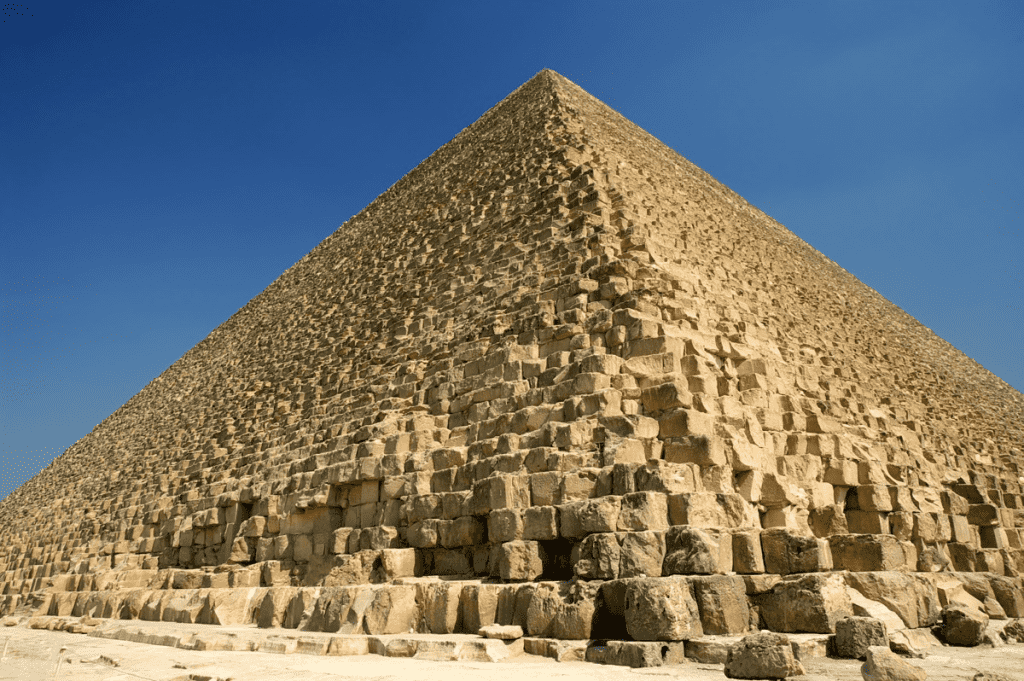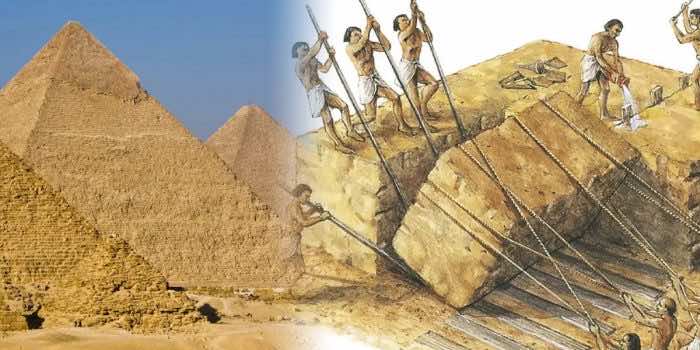Have you ever wondered how the ancient and massive pyramids of Giza came into being? Well, you might not know the answer. No one even knows the “exact method” through which they have been built. However, recently, researchers have published a study in PNAS that unearthed some amazing details through which these Great Pyramids came into being. Although it was just an idea, not something to be very sure of, but we can still make a wild guess about their discovery through this research.

As per the study published, these magnificent pyramids may have reached their completion through the former arm of the Nile River. This means that the Nile River had served as a constant source of supplies of machinery and labor that were brought up with this historical creation. Not to mention, the Great Pyramids of Giza are still a very famous visiting spot and millions of tourists worldwide visit them every year. In addition to this, the researchers said that there is a possibility that the Egyptian Pyramid workers achieved this breakthrough by constructing canals and harbors, which further assisted in the transportation of building materials as they functioned as hydraulic elevators.

The physical geographer, Hader Sheisha of Aix-Marseille University in France, said, “To edify the plateau’s pyramids, tombs, and temples, it now seems that ancient Egyptian engineers took advantage of the Nile and its annual floods, using an ingenious system of canals and basins that formed a port complex at the foot of the Giza plateau.” He added, “However, there is a paucity of environmental evidence regarding when, where, and how these ancient landscapes evolved.”

This port complex, however, was one of the prime sources that cleared the way for constructing the pyramids of Khufu, Khafre, and Menkaure. It has to be noted that this port complex has been positioned 7 km (4.3 miles) from the Nile River. As a matter of fact, scientists used pollen grains in order to detect the presence of water bodies across the pyramids. They found the excessive presence of the swelled marsh plants across the river, which confirms the hypothesis that the researchers made in the study to some extent.
Hence, Sheisha and colleagues said, “Our 8,000-year reconstruction of Khufu-branch levels improves our understanding of fluvial landscapes at the time of the construction of the Giza Pyramid Complex.” They further added, “The Khufu branch remained at a high-water level… during the reigns of Khufu, Khafre, and Menkaure, facilitating the transportation of construction materials to the Giza pyramid complex.”


